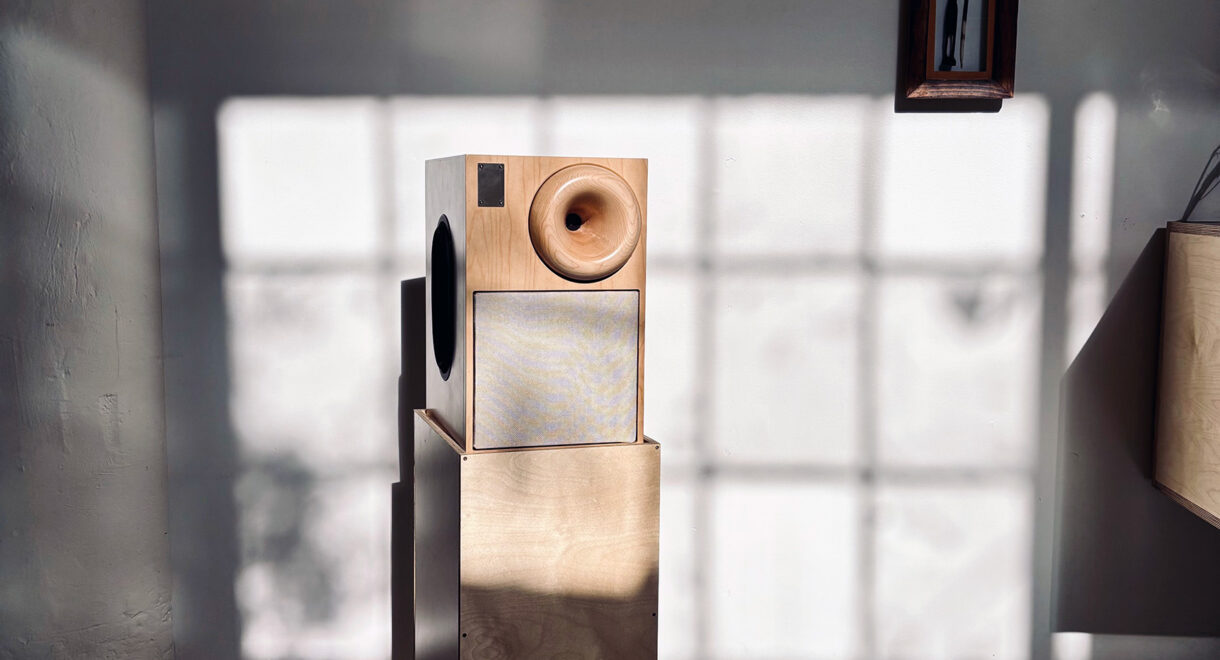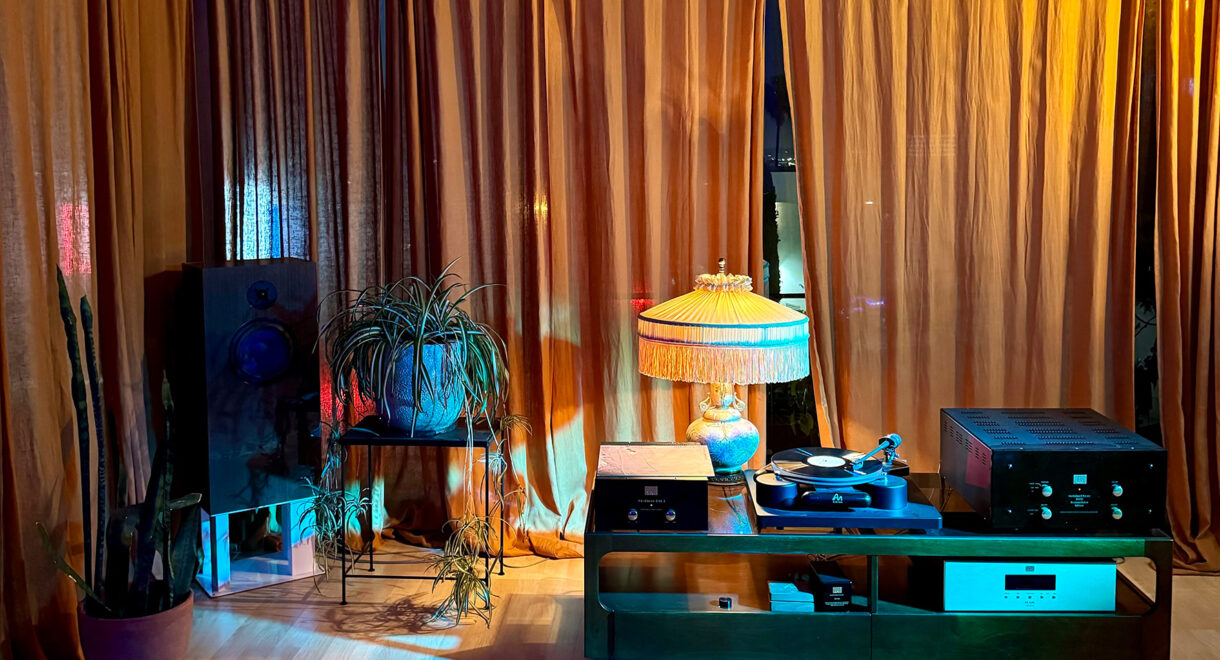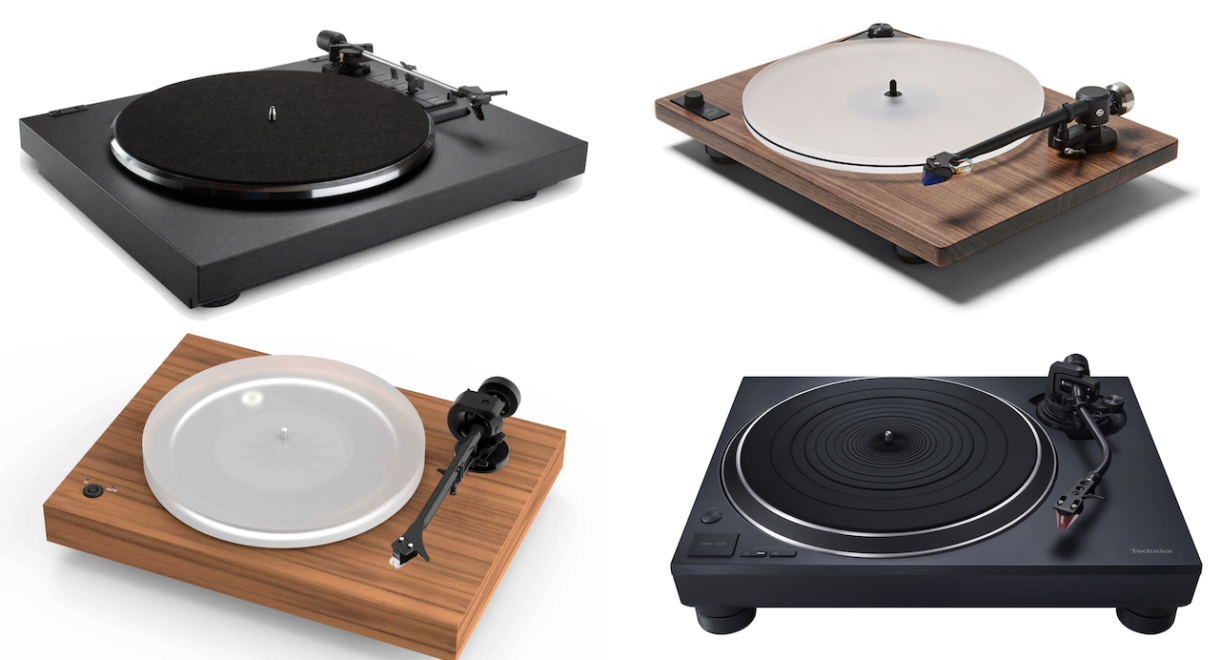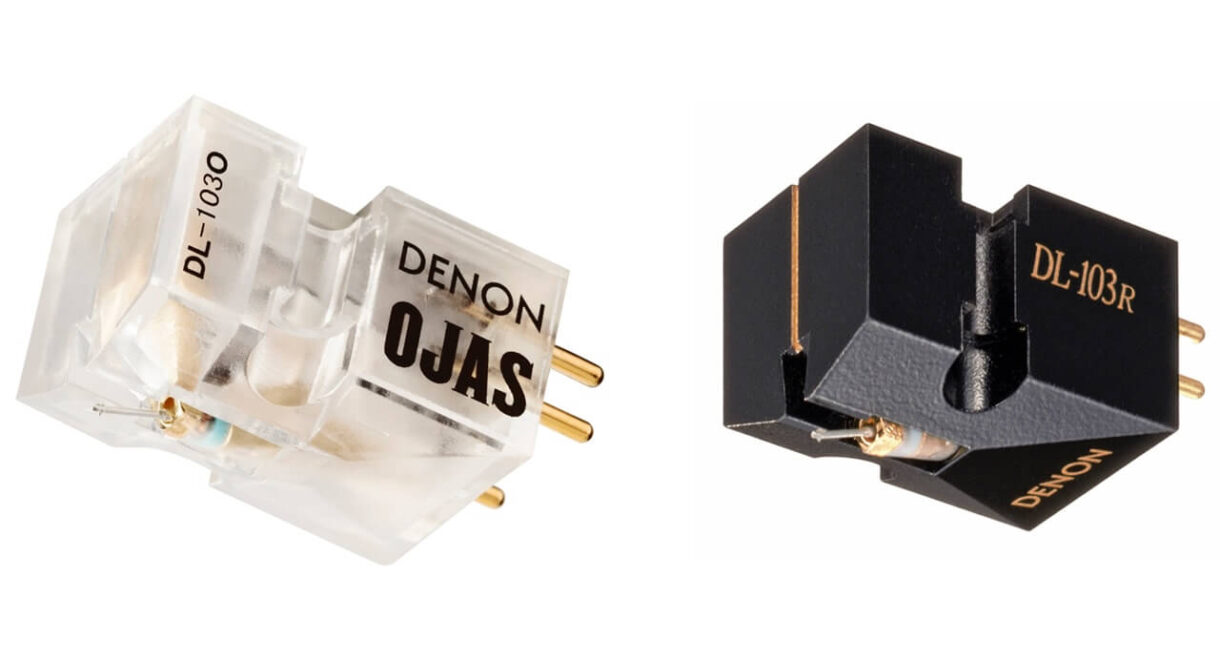Transparent clarity, deep bass, and “Invisible Sound” from German audio company ADS. Background: One of the lesser known hi-fi brands of the ’70s, ADS (Analog and Digital Systems) […]
The Vintage Marantz Dilemma: The Budget Audiophiler

Have prices for vintage Marantz components made them a stretch for a lot of vintage audio fans? Fear not. We have other options.
Vintage Marantz components have seen some dramatic price increases of late and there is an increasing amount of debate on whether or not those prices are warranted. Supply and demand plays a huge part in all of this because nobody is manufacturing this equipment anymore; I think it’s fair to say that vintage Marantz gear is more popular than the current lineup.
Marantz made some excellent equipment during specific periods and there is a specific aesthetic that clearly appeals to a lot of music listeners and people who appreciate the industrial design.

I have a Marantz 2245 and since I purchased it almost three years ago, the prices have doubled and for some examples in mint condition — even tripled. The aesthetic of the 2200 Series is no doubt iconic with its silver face, black accents, blue/green lighting and of course the fonts. The sound is always described as the “warm Marantz sound.”
The 2245 features the standard equalizer adjustments of the time but also a midrange adjustment dial as well. I am personally a fan of the mid adjustment dial, because with the music that I listen to, it can bring the vocals a little more forward in the mix.
It also delivers 45 watts/channel and was designed to properly drive the loudspeakers of the period. Marantz were smart enough to include preamp outputs so that users could add an external power amplifier to their system.
Putting all of those accolades aside, vintage Marantz equipment has pushed away from the dock and is no longer “budget” which means that we need to explore some alternatives.
Do they exist?
They certainly do and let’s move on to some solid-state alternatives between $250-$500.
Options
The first alternatives are the mid-‘70s Harman Kardon Twin Power 730 or 430 models that I discussed in this article. Both units are really solid options if you can find one in excellent shape.

The oldest model on my list is the Heathkit AR-1500A; which had its debut in 1967 (as the AR-15) and was a very hefty piece of steel weighing almost 35 pounds. The 60 watts/channel amplifier was sold in both kit form and prebuilt direct from the factory.
The specific model in my collection came from the factory and sold for $650 plus an additional $35 for the optional wood case in 1971. That’s an astonishing $4,303 in 2021. For a Heathkit.
The tonal balance is rather warm and almost tube-like in its presentation.
A bit of perspective, I normally listen to vintage equipment with the loudness button on, the bass dialed back, and treble tilted slightly higher.
I rarely have to do this with the Heathkit; it’s far bolder sounding than you might expect.
The styling of the Heathkit is certainly that of the late 1960’s and the bulbs behind the green tuner display may benefit from an LED update to brighten the dial.
Overall, I have been quite surprised with the build quality and sound from this unit. I think I would be hard pressed to find anyone who wouldn’t enjoy the sound from the Heathkit AR-1500A and expect to pay between $200-$250 for a unit in decent shape.
Sorry Betty
I’m calling the next alternative the “Don” because it looks like it could have come off the set of Mad Men.
The Bogen BR-360 (this particular model is the rare BR-360W with the decorator white cabinet and tangerine-accented panel) was manufactured in 1969 and this receiver delivers 60 watts/channel into 8 ohms. It has a bold look and I rather like the push buttons and linear slide control styling.

In real world performance, it has zero difficulty driving my Ohm 3XO speakers. It’s definitely more than enough for most vintage and modern speakers within limits; you can’t drive a pair of Wilson Audio loudspeakers with it.
The tonal balance and presentation are vintage solid-state; there is a similarity to the vintage Marantz 2200 Series, and it probably comes the closest of all of these suggestions.
In addition to the loudness and bass/treble adjustments, this model features a “Crescendo” control which Bogen states will electronically expand or compress the sound without distortion.
From a visual perspective, the Bogen BR-360W is a very unique looking product and is now part of my permanent collection. I’m also increasingly impressed with its clarity and overall tonal balance. Yes – I did purchase it because the industrial design is very unique, and it is the source of many questions from guests.
Although somewhat rare, these can be found in the $200 range. Very few people know the Bogen product lineup, and this is definitely a strong budget purchase.
My final suggestion this week is a big departure from the models above that were offered in the 1960s and 1970s.
It Slices. It Dices.
The Kyocera (they also make knives) R-861 is from the mid-1980s and a very interesting piece that clearly flew under the radar. This 100 watts/channel receiver has impressed me so much that it has earned a place in the system that we use the most in our home.
This is clearly a “modern” design with the majority of its buttons and dials hidden behind a panel on the front of the unit. The tuner is digital and only a single red LED light indicates that it is powered on and which input has been selected.

The Kyocera R-861 offers the ability to adjust the bass, midrange, and treble and I found the range of adjustments to be quite useful. You can certainly keep the fairly neutral tonal balance as it is or add some warmth to the sound.
Both the CD and Phono inputs are gold plated.
The phono preamp is the biggest surprise with this unit; it works exceptionally well with the MM cartridges that I’ve tried so far and might be the best part of the unit in terms of its sonic capabilities. It’s clear that Kyocera’s engineers still considered vinyl playback to be the most important source when this component was designed.
I have also managed to find the matching CD player and remote control which makes operation of both components that much easier.
The only issue with the Kyocera R-861 is that word has already spread in the vintage audio community about the quality of this particular unit. You can still find a unit in good condition, but demand has begun to affect the prices; expect to pay $300-$400 right now.
So does that mean that you shouldn’t look for vintage Marantz components? Absolutely not.
Just be more realistic about what people are asking for their components and don’t be disappointed if the prices push them out of reach right now.

All of the above picks or the HK 430/730 are worth searching for. Adjust the sound to your liking, or add an external amplifier (tube or solid state) to increase the output as all of the above can be used as a preamp with the exception of the Bogen BR-360W.
You may find a fantastic deal on a Marantz out there, but until then, these are some rock solid alternatives. Obviously these are not the only choices, post your favorite budget receivers in the comments!
I’d like to personally thank @retrodiggs for providing me with the serviced Bogen and the Heathkit receivers.
Related reading: The Budget Audiophiler: Learning to Fly with the Pilot 602 Tube Receiver
This article originally appeared at ecoustics.com and has been published here with permission.










